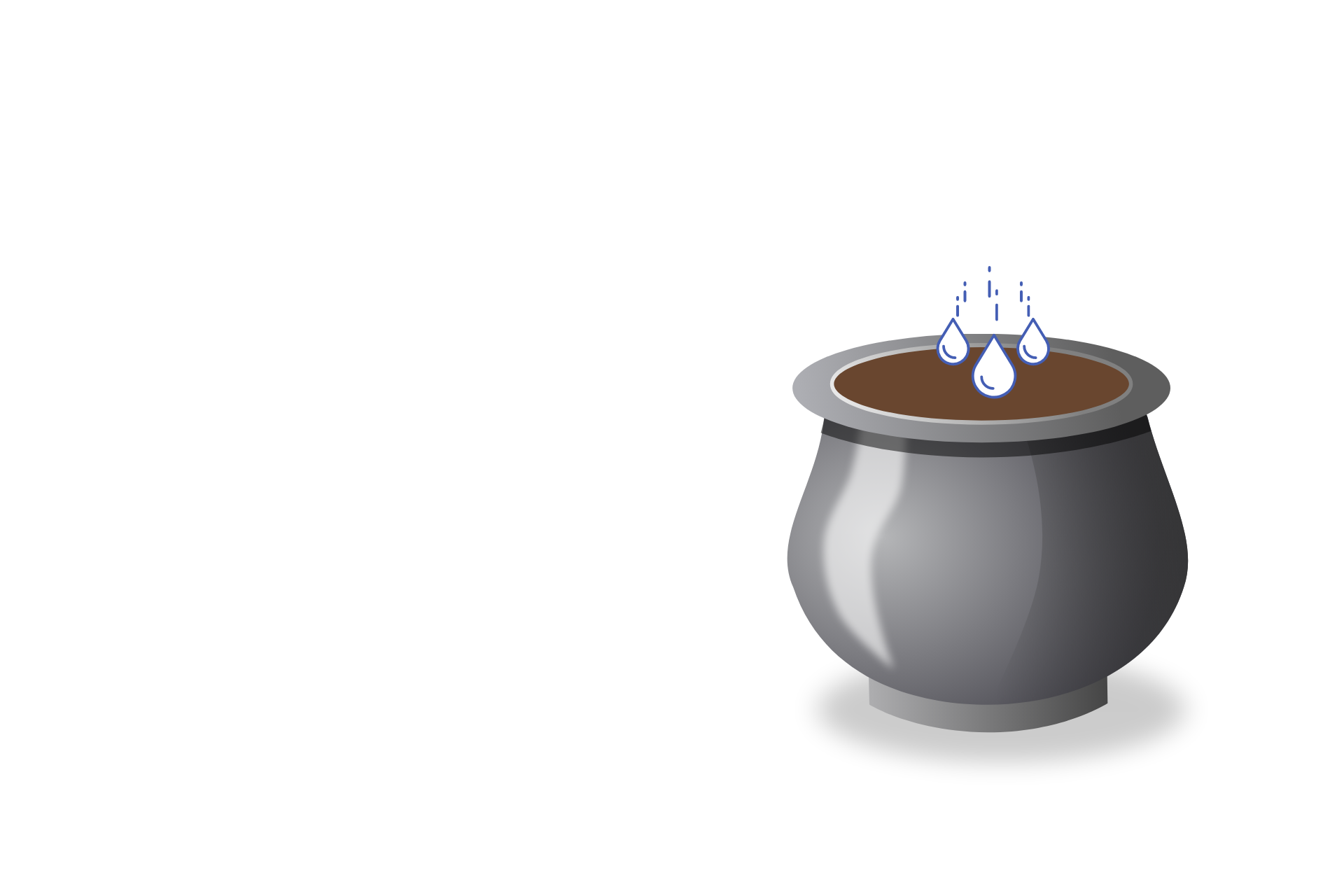Over days and weeks the initiate, omusinde, through song and dance, calls his kith and kin to witness his becoming of a man. But some two days before the big day, his bravery is tested. As a sign of the man he will become, the initiate is required to put out an act of courage, to prove to his family and clan that he’s indeed ready for the cut. So, khuchukhila he must.
The Bukusu circumcision rite cannot be conducted without the traditional brew, kamalwa kamakhalange. Also known as busaa, it is made when maize flour is fermented with the traditional yeast, limela. It takes about three to four days for kamalwa to be ready; therefore the kamalwa dependent rite of khuchukhila is the foremost signal to all and sundry, that the initiate is ready to face the knife.
Because, once the omusinde performs khuchukhila, the irreversible process of beer fermentation begins. Meaning, in three to four days when the beer is ready, he would have faced the knife. Basically by preforming this rite, the initiate sets the date when he will face the knife; come rain or shine, his beer comes good or bad (kamalwa kakatikhe).
Khuchukhila and related rites
A small pot is put outside in front, luuya, of the omusinde’s parents house or luuya of his paternal relatives and a portion of kamakhalange placed in it. The father of the initiate then orders him to fetch water from the river. In this task that symbolizes his relinquishing of childhood tasks such as fetching water from the river as he becomes a man, the omusinde is in the company of chaperons who are usually two other circumcised boys of close relation.
Meaning of khukhwekhebukha during khuchukhila
The omusinde carries the water on his head and is not supposed to look back -khukhwekhebukha – whatsoever. It is said that a boy who looks back gives elders the impression that he is cowardly and might cry during the circumcision, thereby inviting shame and a bad name to his family.
When omusinde returns from the river with water, his father instructs him to pour the water into the small pot containing kamakhalange. This process is called khuchukhila, which literally translates to pouring. This mixture will be specifically left to ferment to make beer especially for the circumcizor, omukhebi. Omukhebi partakes it while counseling, khubiita omusinde, after the cut.
It is also during khuchukhila that the boy’s body is smeared with a millet flour and water mixture. This smearing rite is full of symbolism and also takes place at the luuya. It is performed by a matriarch from his clan.
Sioyayo
That said, kindly note that this smearing rite is special to certain Bukusu clans. I talk in particular of the blacksmiths and iron working clans. It is also common among the Bagisu, Masaba, of Uganda. It is a rite performed in honor of their musambwa. As this happens, the boy plays chinyimba, and for the first time he hears the special song – sioyayo. This warrior song is sung to charge the initiate, filling them with courage to face the knife.
After khuchukhila, what next?
After khuchukhila, omusinde embarks on the journey of inviting his neighbors and relatives to his circumcision party. This rite known as khulanga usually indicates that we’ve entered the homestretch. And just like it is in any big life event, be it a wedding or burial, the main actor, omusinde in this case, gets spent – exhausted from his procession around the villages and from the vigor of song and dance.
After khuchukhila, omusinde is prohibited from sitting on common use chairs with the rest of the family. He will also be served his meals alone. He is required to sit alone quietly and mediate. Therefore, he’s not to participate in normal small talk or aimless conversations. This is to give himself a chance to think about what lies ahead of him.
The whistle that he blew when he performed khuminya before khuchukhila is withdrawn after khuchukhila. He also goes without a shirt or sweater till the time he gets circumcised. All this is done to harden his spine. To make sure he is able to face the knife with all the bravery he can gather.
Subscribe to Mulembe Weekly
Get culture, language, stories and discussions in your inbox every Friday 5 PM East Africa Time

